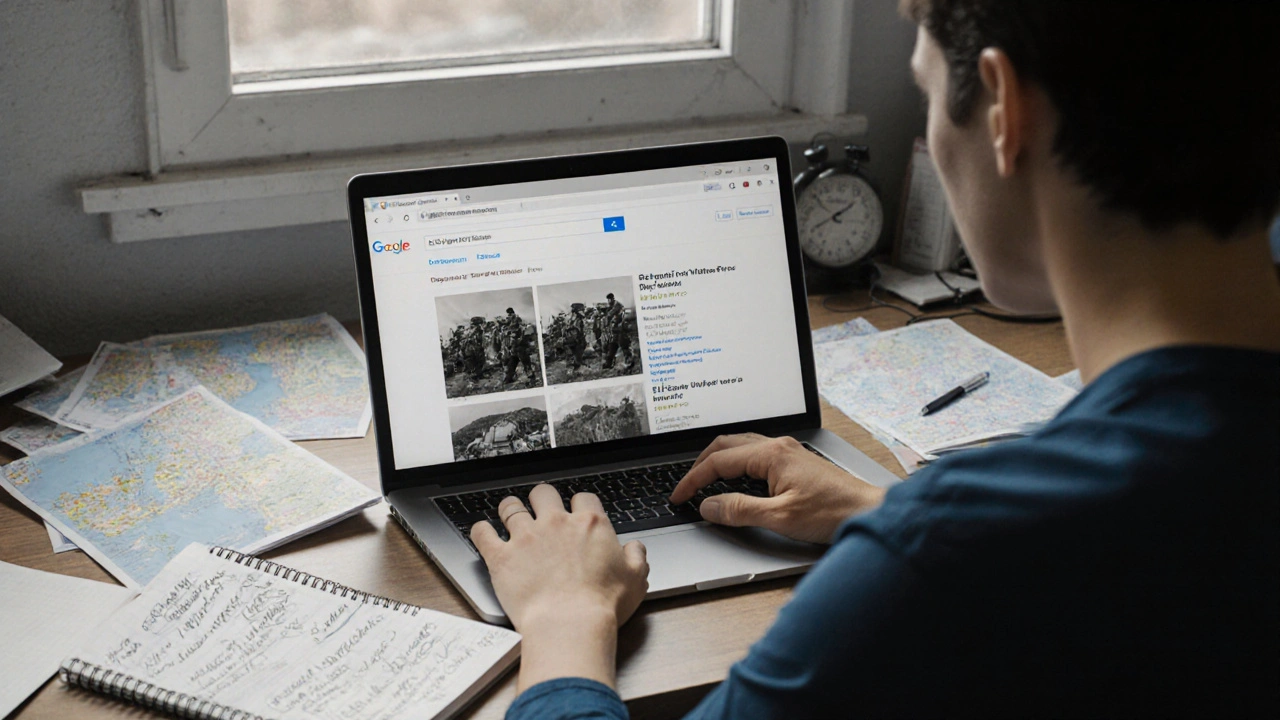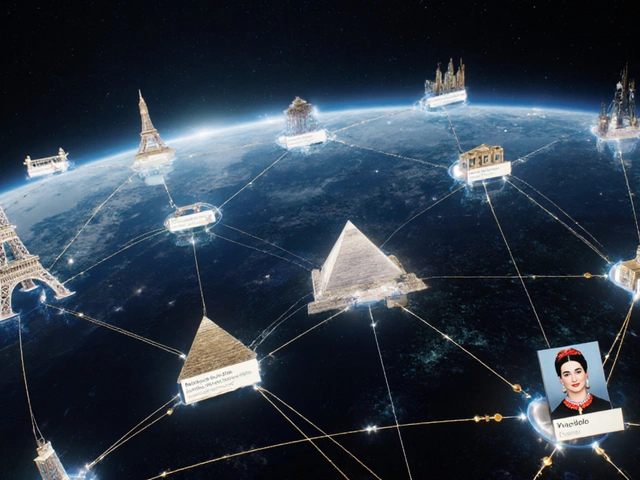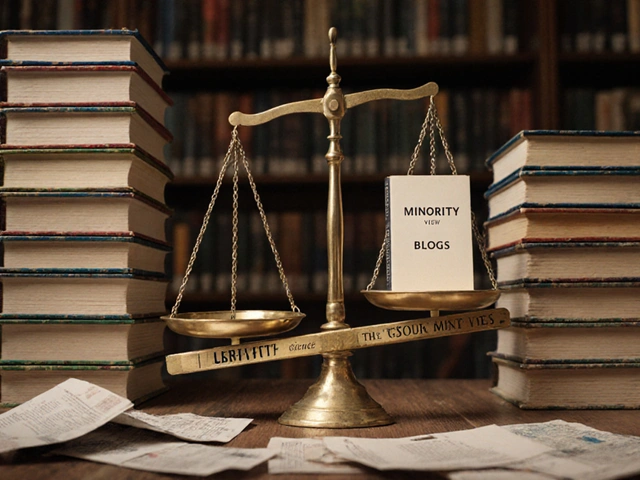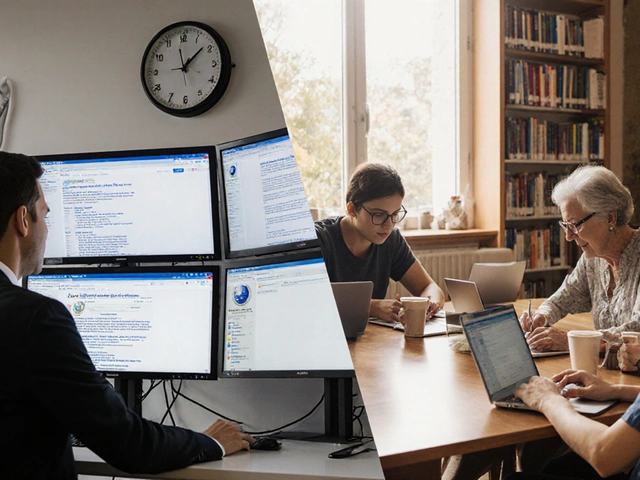Wikipedia photos: How images shape accuracy, bias, and community editing
When you see a Wikipedia photo, a freely licensed image used to illustrate articles on Wikipedia. Also known as Wikipedia media, it's not just decoration—it's evidence. A photo can confirm a landmark exists, show the face of a historical figure, or expose a missing perspective. Without photos, Wikipedia becomes a text-only archive, and trust drops. That’s why volunteers spend hours uploading, tagging, and defending every image. These photos mostly come from Wikimedia Commons, a free media repository used by all Wikimedia projects, where millions of images are stored under open licenses like CC BY-SA. But not every photo is welcome. Copyright claims, poor quality, or biased framing can get images deleted—even if they’re accurate. A photo of a protest might be removed because it shows too many people holding signs, not because it’s false, but because it doesn’t meet neutrality standards. That’s the tension: visuals need to be clear, fair, and legally clean.
Who uploads these photos? Mostly volunteers—students, photographers, librarians, and activists. Some travel to document underrepresented places: a village in Nepal, a rare bird in the Amazon, a historic building in Lagos. Others digitize old family albums or museum collections. But there’s a gap. Over 80% of Wikipedia photos come from Europe and North America. African, Indigenous, and Global South subjects are underrepresented. That’s why projects like WikiProject Women in Red, a community effort to create articles and add images for notable women missing from Wikipedia or Wiki Loves Monuments, an annual global photo contest that documents heritage sites exist. They’re not just about adding pictures—they’re about correcting history.
And it’s not just about what’s in the photo—it’s about how it’s used. A photo of a politician might be placed next to a positive article, or used to support a controversial claim. Editors debate whether a photo shows bias by omission: if every image of a scientist is male, what message does that send? The Wikipedia photos you see are the result of hundreds of tiny decisions—about copyright, context, culture, and control. In the posts below, you’ll find real stories: how a single photo sparked a policy change, how volunteers fight to keep cultural images alive, how AI tools now suggest missing visuals, and why some of the most important photos on Wikipedia were never taken by professionals. This isn’t about pretty pictures. It’s about who gets seen, who gets remembered, and who decides.
Photographic Evidence in Wikipedia News Articles: Licensing and Verification
Wikipedia relies on properly licensed and verified photos in news articles to ensure accuracy and legal compliance. Learn how images are sourced, checked, and why even one wrong photo can spread misinformation.







